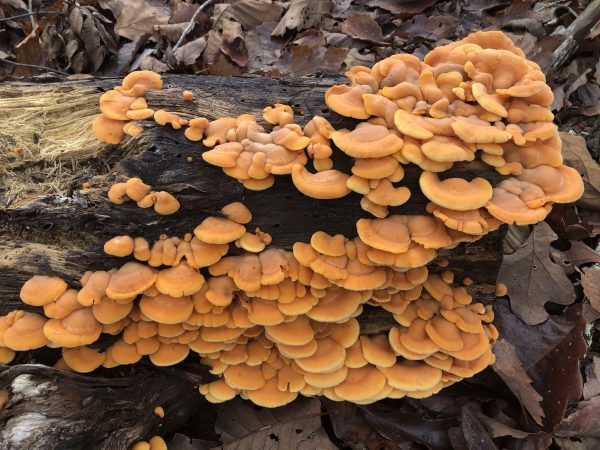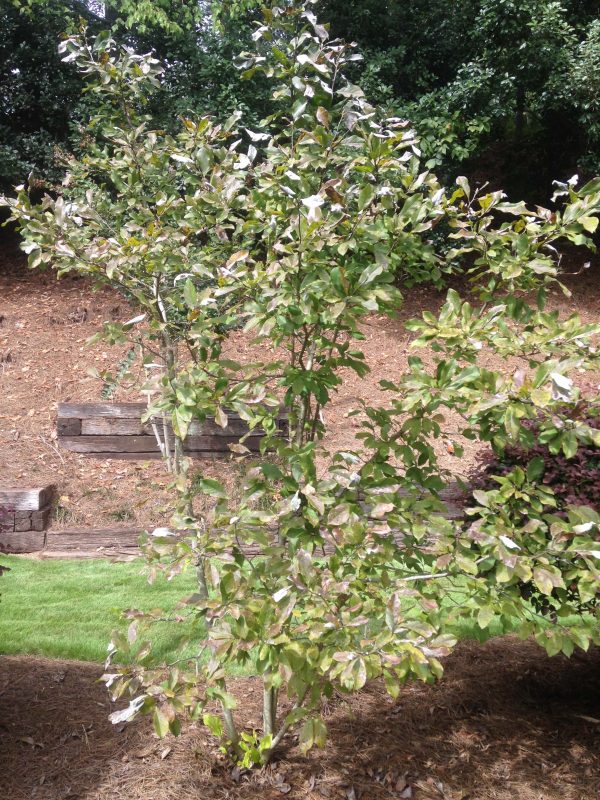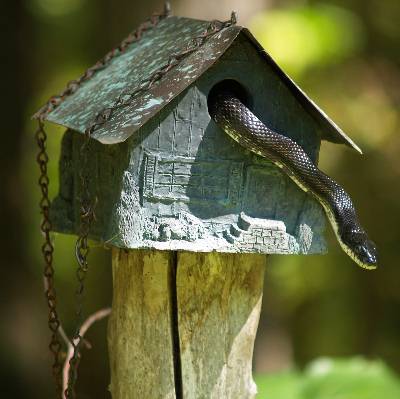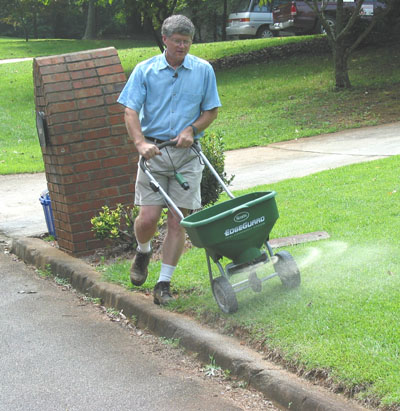Fungus in the Ground – Diagnosing

Q: I have an area in my yard where everything I plant there does terribly. I think it is a fungus in the ground. My lilac tree has white-like curled up leaves, the summer phlox turns yellow at the bottom, my hibiscus and Rose-of-Sharon gets big flower buds on them but the buds turn black.
Is there anything I can do?
A: “A fungus in the ground” doesn’t say much since the soil is absolutely FULL of fungi – some beneficial, some innocuous and some ready to infect your plants at the drop of a hat. If there are so many fungi and bacteria in the soil, how do plants survive at all?
Maybe it would help to think of a disease as the seat on a three-legged stool. The legs of the stool are
1. a susceptible plant,
2. the presence of a disease causing fungus and
3. the correct environmental conditions.
If any of the three “legs” are not present, the metaphorical stool is unstable and no one can sit on it, meaning no disease develops.
Rust is a common disease that affects zoysia lawns in the fall. Why doesn’t it appear in spring? Because rust likes warm summer days with cool nights that favor heavy dew formation. Rust spores are present in most zoysia lawns… but the disease only becomes a problem when all ^three^ legs of the disease stool are present.
You can ward off diseases by planting disease-resistant plants like ‘Miss Kim’ lilac, ‘David’ phlox and ‘Diana’ Rose-of-Sharon. Another way to cultivate healthy plants is to give them good, well-drained soil in which to grow. Try digging up the entire “bad” area this fall and mixing in a two inch layer of soil conditioner before replanting.














